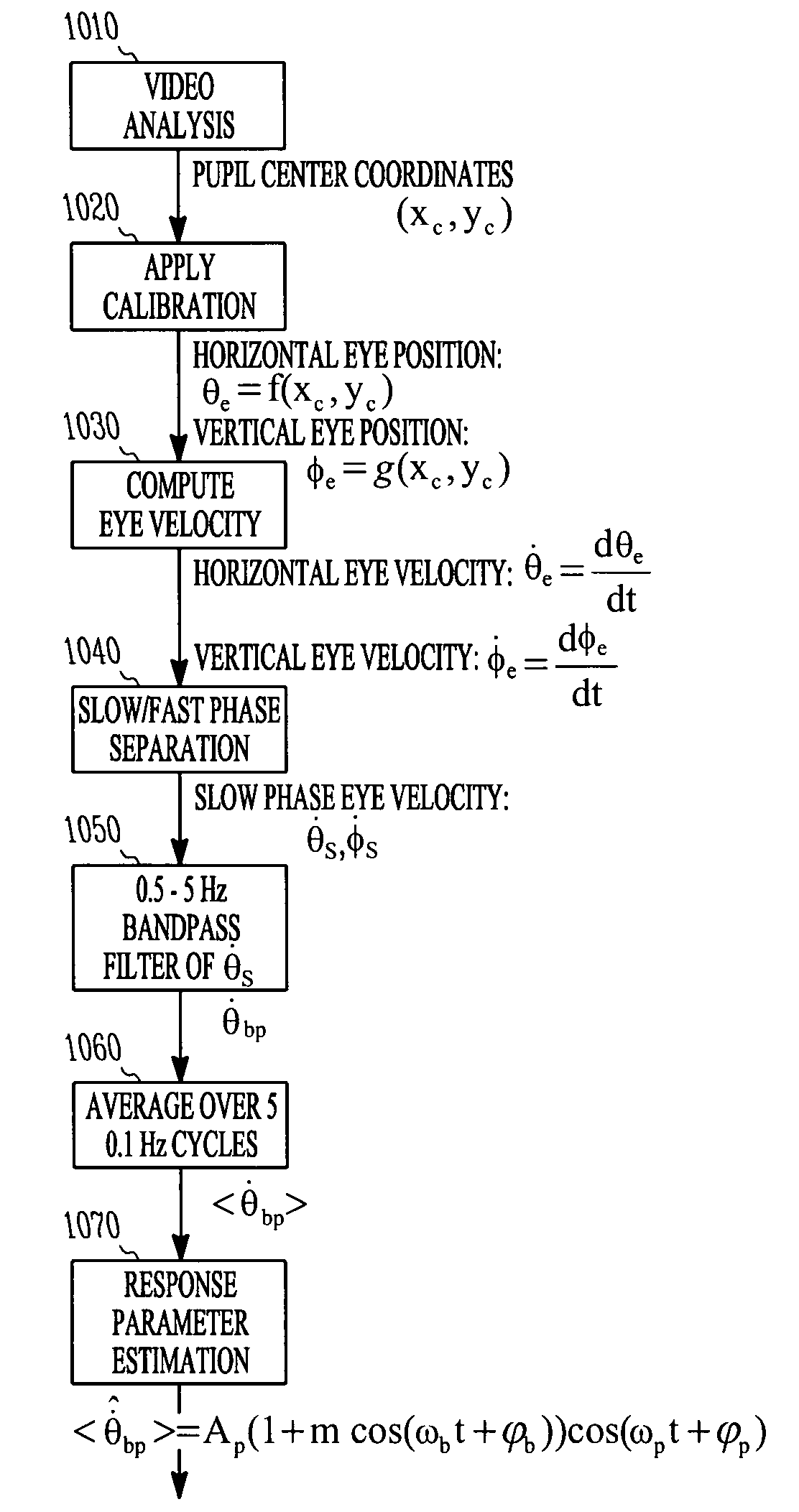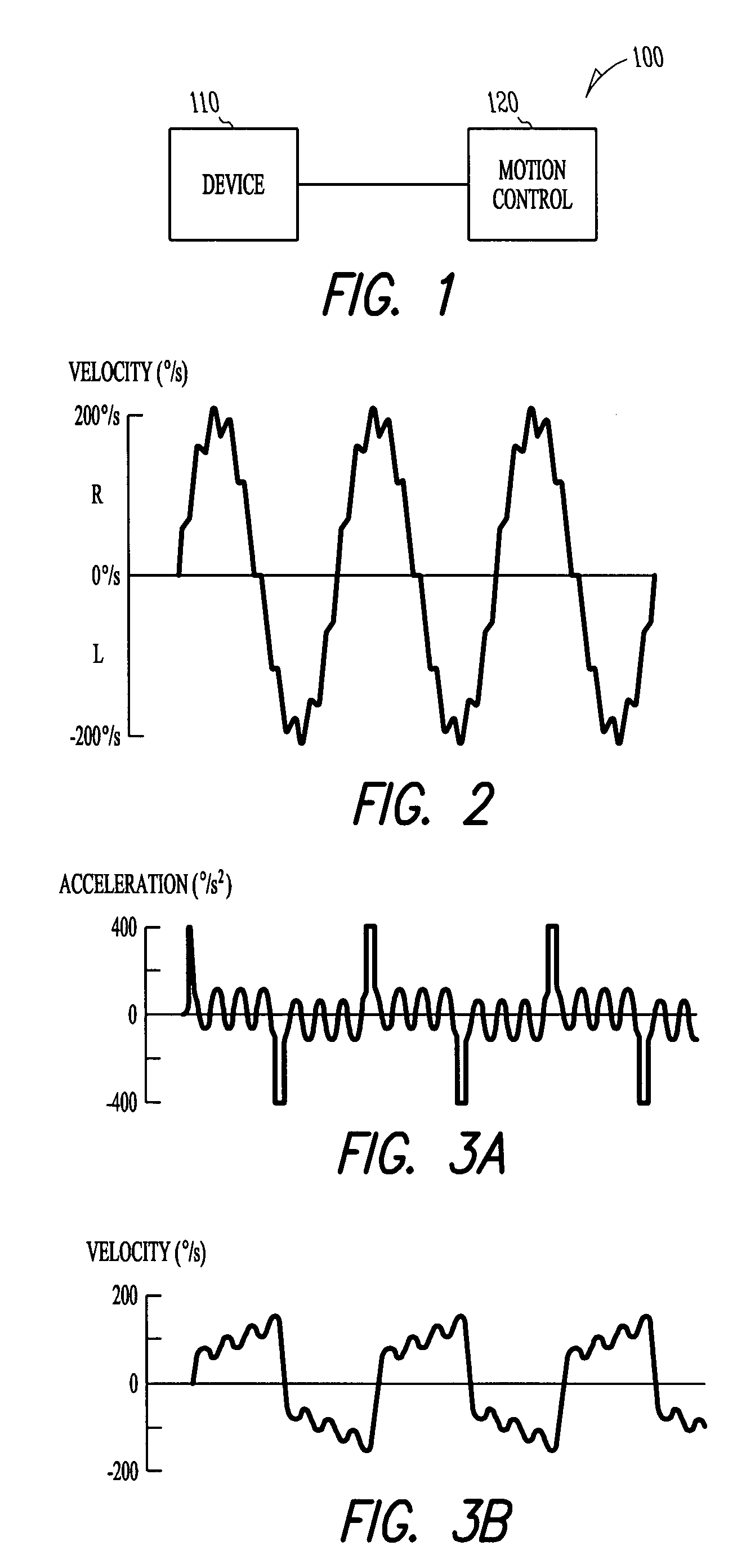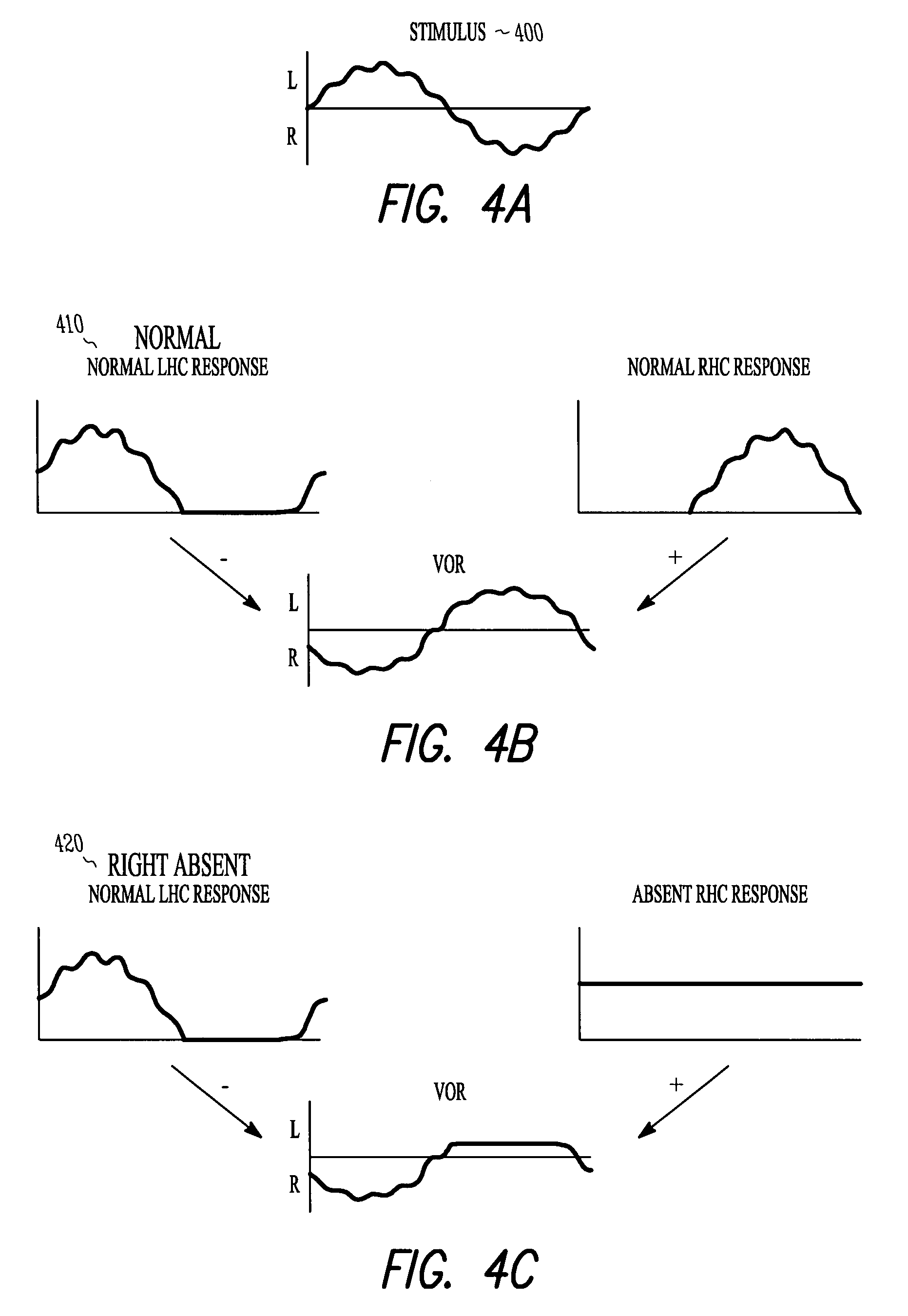Standard
clinical tests frequently do not provide adequate answers to one or all of these questions.
Conventional rotation testing has good test-retest reliability, but relatively low sensitivity.
They each have limitations in reliability, applicability, diagnostic precision, and costs that the new
rotation test stimulus and
analysis method overcome.
Caloric testing has several significant limitations.
These factors make it difficult to detect small differences in responses between both ears.
The end result is that test-retest reliability is poor, making the test a poor choice (unsuitable) for tracking changes in vestibular function over time.
In addition, response variability limits the detection of small differences in responses between the two ears.
The identification of bilateral vestibular loss is also uncertain due to the wide variations in response amplitudes in a
normal population.
Finally, the unusual nature of the stimulus (evoking sensations of a long duration rotational motion in a
supine position that conflicts with gravity cues from the
otolith organs of the
inner ear) often provokes
nausea in subjects (poor tolerance by subjects) susceptible to
motion sickness.
Second, the
rotation test VOR
gain measure has a limited range of
normal values, making rotation testing particularly useful in assessing bilateral loss of vestibular function.
The chief
disadvantage of rotation testing is that it often does not provide reliable information (inability to provide reliable information) about which ear is abnormal in a patient with unilateral vestibular dysfunction.
Once this rebalancing is achieved, only minor signs of vestibular dysfunction remain in the results of conventional rotation tests (specifically,
low frequency phase advance, and occasionally,
gain asymmetries), and even these minor signs have not been found to reliably indicate the side of the
lesion.
A second important limitation in rotation testing is its poor sensitivity in detecting a compensated partial unilateral vestibular loss (inability to reliably identify any
abnormality in patients who have only a
partial loss of vestibular function).
However, the wide variability of results indicate that many patients with a 40-60% caloric RVR, and some with a 60-80% RVR, would not be distinguished from a
normal population using conventional rotation testing.
A third limitation of conventional rotation testing is the
ambiguity between rotation test results in patients with a partial bilateral loss and a compensated unilateral loss (inability to distinguish between patients with a partial bilateral vestibular loss and a compensated unilateral vestibular loss of function).
There have been claims that this test has high sensitivity, with some patients showing abnormalities on autorotation tests even though caloric results were normal.
Although this test has been in use for over 10 years, there is little
consensus regarding its utility and reliability.
A recent study (See reference 27 listed below) investigated autorotation test reliability in 12 normal subjects and concluded that “Unfortunately, the test-retest reliability of the VAT [vestibular autorotation test] is poor, and therefore it cannot be used routinely.” This result, however, was disputed by the originator of the VAT
system (See reference 44 listed below).
Potential factors contributing to poor reliability include:
eye movement recording artifacts caused by rapid
head movements (high head accelerations), imperfect measurements of
head movements (imperfect monitoring of head motion) that produce inaccurate evaluations of vestibular function, inconsistent ability of subjects to achieve regular oscillations at higher frequencies, and analysis artifacts introduced by fast phase eye movements.
Finally, the scientific literature on autorotation has focused on the detection of abnormal responses, but little information (little research) is available about the test's ability to localize vestibular dysfunction to one or both ears and to quantify the magnitude of the deficit.
The examiner looks for corrective eye movements following the
head rotation, indicating that vestibular function is deficient and unable to generate VOR eye movements that fully compensate for the
head rotation.
This inadequate VOR causes the eyes to move off target, with the result being that a
visually guided corrective
saccade is generated to reacquire the target at the conclusion of the
head rotation.
The chief
disadvantage of head
impulse testing is that it has recently been shown in a study to have poor sensitivity in cases of less severe canal paresis (See reference 7 listed below).
Overall, it was concluded that head
impulse testing was useful in detecting severe paresis, but could not serve as a replacement for the caloric test.
Major limitations are that: (1) it doe not adequately identify mild-to-moderate vestibular dysfunction in a single ear, and (2) the test cannot be used in patients with any limitations in neck mobility (e.g. limitations due to
whiplash,
arthritis).
However, clinical application of these improved techniques is problematic for two reasons.
First, better control of rotations would probably require
whole body rotations.
Rotation devices that are currently in most clinical vestibular laboratories do not have adequate torque.
Second, the
short duration of the head impulse requires an accurate method of recording eye movements at a high sampling rate.
Currently, the
search coil technique seems to be the only adequate technology available.
However, search coils are inconvenient to apply in a clinical setting, have some risk associated with their use (i.e.
corneal injury), and can only be used for short time periods.
Finally, patients with
neck injury or other limitations in neck mobility cannot be tested using rapid head on body rotations.
 Login to View More
Login to View More  Login to View More
Login to View More 


